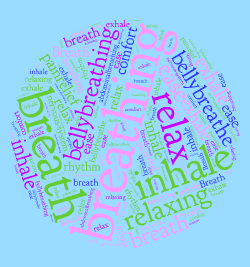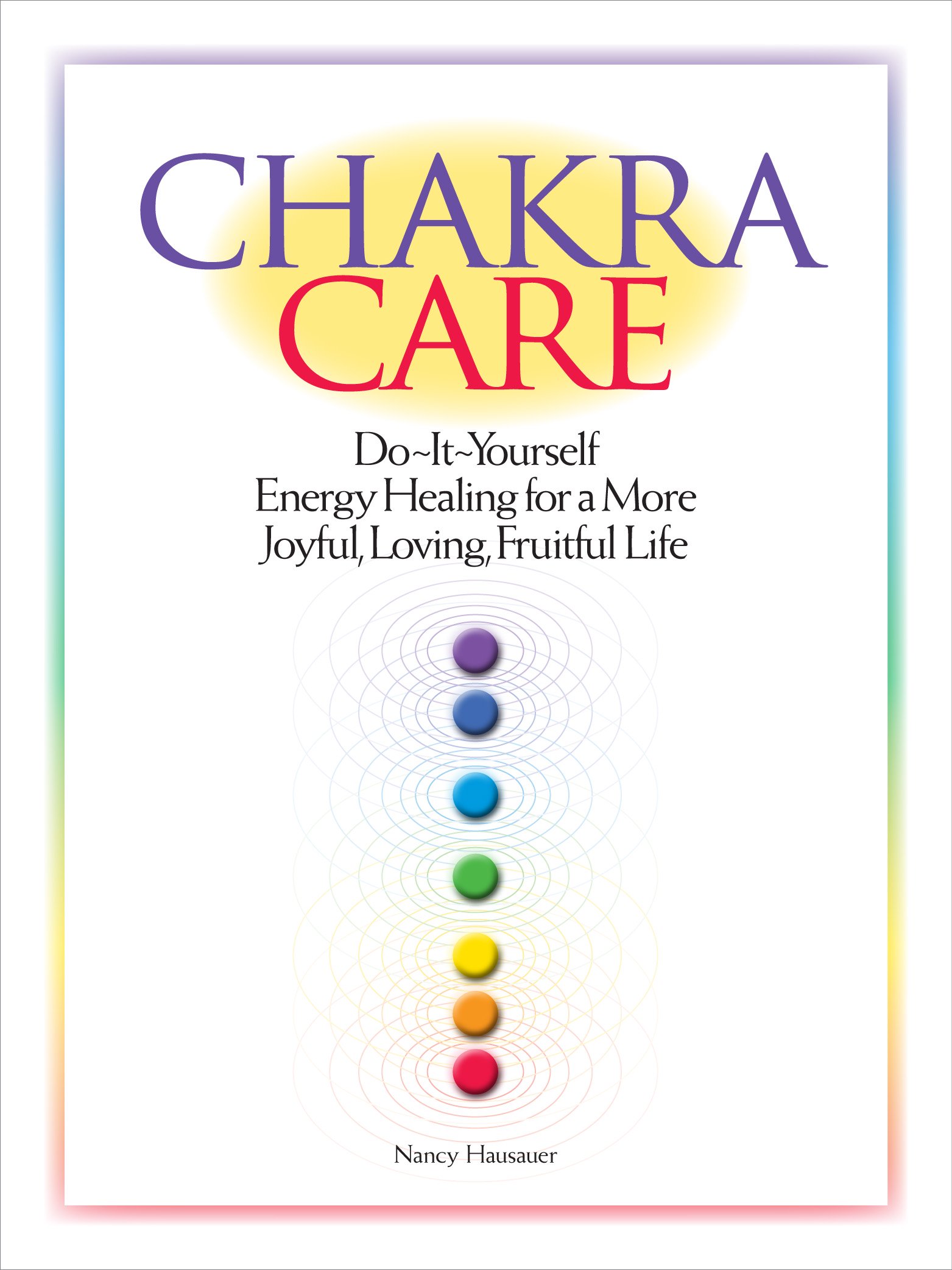The Healing Power
of Breath and Awareness:
So Simple And So Effective
It is amazing to me how powerful simple self-healing tools such as breath and awareness can be.

This happened recently. My client had had a serious injury that cracked his pelvis. As painful as that was, it was the subsequent tightening of his lower back that was causing him the most pain at this time. I could feel the disturbance in his field over the cracked area of his pelvis, and worked a lot there to smooth, balance, and calibrate it, so as to support its healing.
I also wanted to help him with the pain in his low back, and felt that hands-on work would be most effective. I placed my hands on his back and asked him to breathe into it and bring his awareness to it. After doing this for a little while, he appeared to go into a deep state of rest.
Afterward he commented on what a deep relaxation this had brought to his lower back. He was very surprised at this, since he has no familiarity with breathwork, yoga, or meditation.
"It really felt like I was breathing into it," he said. "I could feel it relax and let go. I can stand up straight now, and it feels even better than it did before the accident!"
It was very rewarding to see my client feel so much better. And it always inspires to me to see such illustrations of the power of consciousness and our own amazing abilities for self-healing.
Using This Breath and Awareness Technique
Here’s the basic how-to for mobilizing the healing power breath and awareness.This technique is especially valuable for muscle pain, but it can be useful for other types of pain as well. But do use common sense here. If someone is having extreme, unusual or long-lasting pain, they should see a doctor.
You can try this on yourself, however I think it works much better with a partner. Somehow, healing just seems to be more effective in community, even if it’s a community of two.
- Have your client sit or lie down comfortably.
- Ask them to guide you to the area that hurts. Place your hand on the general area and very gently (not poking or prodding), with feedback from your client, palpate to identify where the pain is most concentrated. Usually this is the source of the pain, and it’s often a small area. Touch the place lightly with a finger or two. If the issue is muscle pain, you can press just deeply enough to barely feel for a knot or contracted area, if your client can tolerate it. The muscle contraction reflects a contraction or blockage in the subtle energy, so if you like, at the same time you can use the other hand to work in the energy field above the area.
- Guide your client to breathe into the painful area. (Extremely literal people may need a little help here. Asking them to imagine that they are breathing into a part of their body is fine.)
- Invite your client to bring her or his consciousness (or mindfulness or awareness) to the area. As they continue to breathe into it, encourage them to just notice what they notice, feel what they feel, without engaging their thinking mind or trying to change anything. I often use prompts like “Come home to this part of your body,” or “bring your awareness into this place from the inside.” Let them know that there’s really no right and wrong, and however they do it is just fine.
- The body responds so beautifully to the return of consciousness that often this is enough to cause a shift in both the energy and the physical tissue. You may sense a lightening in the energy, or you may feel the tissue itself “release” or “unwind.”
- If not, invite your client to allow the area to become more fluid. Encourage them not to try to do this, rather just to allow it to happen, and to accept any increase in flow that they’re given, knowing that it's the right amount for now.
- Other invitations or suggestions you can use include allowing the area that has been bothering them
- to shift into a state of greater balance
- to shift and change
- to come up to present time, letting go of its response to things that have happened in the past
- to let go of whatever they are able to let go of at this time.
- One again, keep encouraging them just to allow, without trying or intellectualizing it. Also, reassure them not to worry about the amount of change, release, or rebalancing that they are able to reach. “Whatever happens is just the right thing for now.”
- Invite your client to allow other places in her or his body to shift and change and rebalance if it feels right. Give this some time, as it is extremely valuable.
- Invite your client to notice how the area you've been working with feels now, and how the rest of their body feels as well. Having them breathe light into their whole body and then their whole body and energy field can be a lovely thing way to finish.
- Have them take a few moments and a few slow, deep, comfortable breaths to integrate the change before getting up.
The healing power of breath and awareness can be truly amazing. I hope you enjoy working with this technique and adapting it to your own style and uses.
Sincerely, Nancy
Return to Energy Healing Teaching Stories Main Page.
Do-It-Yourself Energy Healing for a More Joyful, Loving, Fruitful Life
Learn to clear, nurture and support your chakras with 500 fun, down-to-earth activities. A user-friendly, practical guide, available as a paperback or Kindle. Learn more or buy it here.

